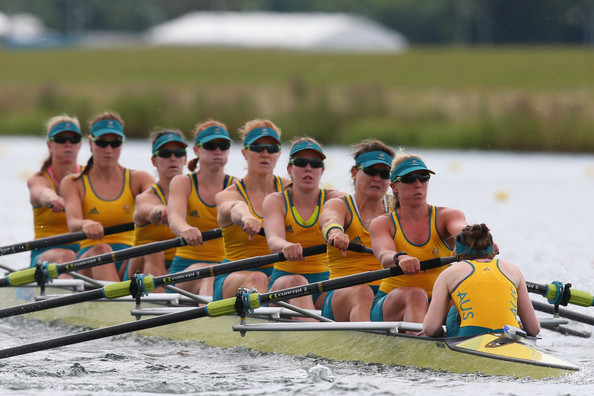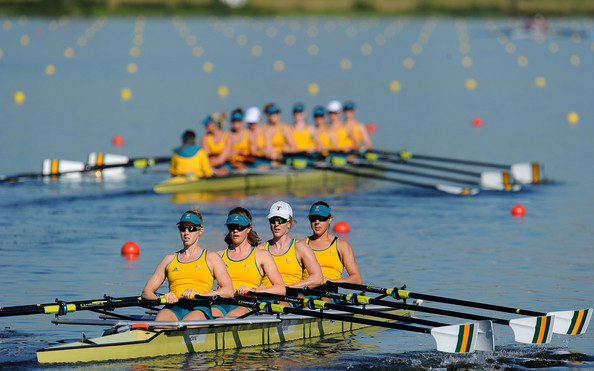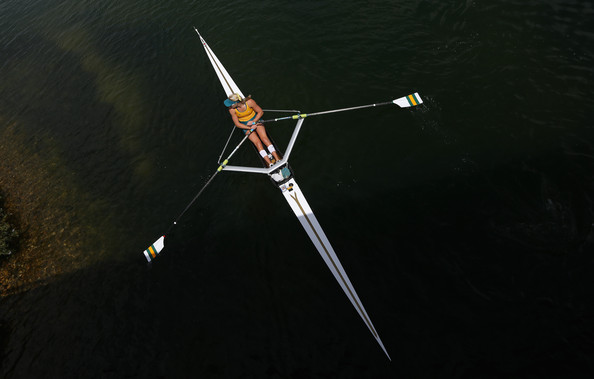Australian Olympic & Paralympic Women: Rowing
Olympics: Alexandra Hagan, Amy Clay, Bronwen Watson, Brooke Pratley, Dana Faletic, Elizabeth Patrick, Hannah Every-Hall, Kate Hornsey, Kerry Hore, Kim Crow, Pauline Frasca, Phoebe Stanley, Renee Chatterton, Sally Kehoe, Sarah Cook, Sarah Tait and Tess Gerrand.
Paralympics: Kathryn Ross
Kathryn Ross

The 'Motley Crew'

Hannah Vermeersch, Renee Chatterton, Robyn Selby Smith, Sarah Cook, Tess Gerrand, Alexandra Hagan, Sally Kehoe, Phoebe Stanley, and Elizabeth Patrick.
Quadrouple

Amy Clay, Pauline Frasca, Kerry Hore and Dana Faletic.
Rowing News
-
Sponsored: 64% off Code Black Drone with HD Camera
Our #1 Best-Selling Drone--Meet the Dark Night of the Sky!
-
Sponsored: 64% off Code Black Drone with HD Camera
Our #1 Best-Selling Drone--Meet the Dark Night of the Sky!
-
Sponsored: Furniture You Can Afford
FurnitureYouCanAfford.com has low prices, free shipping(in the continental U.S.), and a large selection of awesome furniture.
-
Sponsored: The 3 Week Diet
8 Rules of Fat Loss. Warning: Fast Results! Click Here to Watch Video...
-
Sponsored: Meet TulaCo
Trusted Development Partner. From Start-Ups to Enterprise
-
Australia’s mixed doubles scrape through to gold medal race
AUSTRALIA’s mixed double sculls are through to the gold medal race after finishing second in one of the closest races of the Paralympic Rowing Regatta so far.
Rowing at the Paralympics
Rowing 101
Brought to you by sportsister.com
Jargon buster
Bow-side: The starboard side of the boat, ie the right-hand side of a cox facing forwards, and the left-hand side of a rower facing backwards.
Catch a crab: To make a faulty stroke.
Coxswain: The coxswain, or cox, typically sits at the stern and is responsible for steering the boat and directing the crew.
Lightweight: In women’s lightweight events, no rower may weigh more than 59kg, with an average weight per crew member not exceeding 57kg. For men, the single-rower maximum is 72.5kg, and the maximum crew member average shall not exceed 70kg.
Repechage: Race that takes place after the heats for those who didn’t qualify. It is a second chance to make it to the finals.
Scull: To row with two oars, one in each hand.
Sweep: To row with one oar.
Basic rules
The boats, also known as shells, race in six lanes along a 2,000m flat-water course, and the first one across the line wins.
There are two types of Olympic rowing, both with heavyweight and lightweight divisions.
One type is the sweep, where rowers use a single oar and compete in crews of two, four or eight.
The other type is sculling where the rowers use two oars and either compete alone, in pairs or in crews of four.
The various crews compete first in heats, with the best boats going through to the next round.
The best boats eventually progress through the various stages and into the finals of each event, which decide the final medallists.


